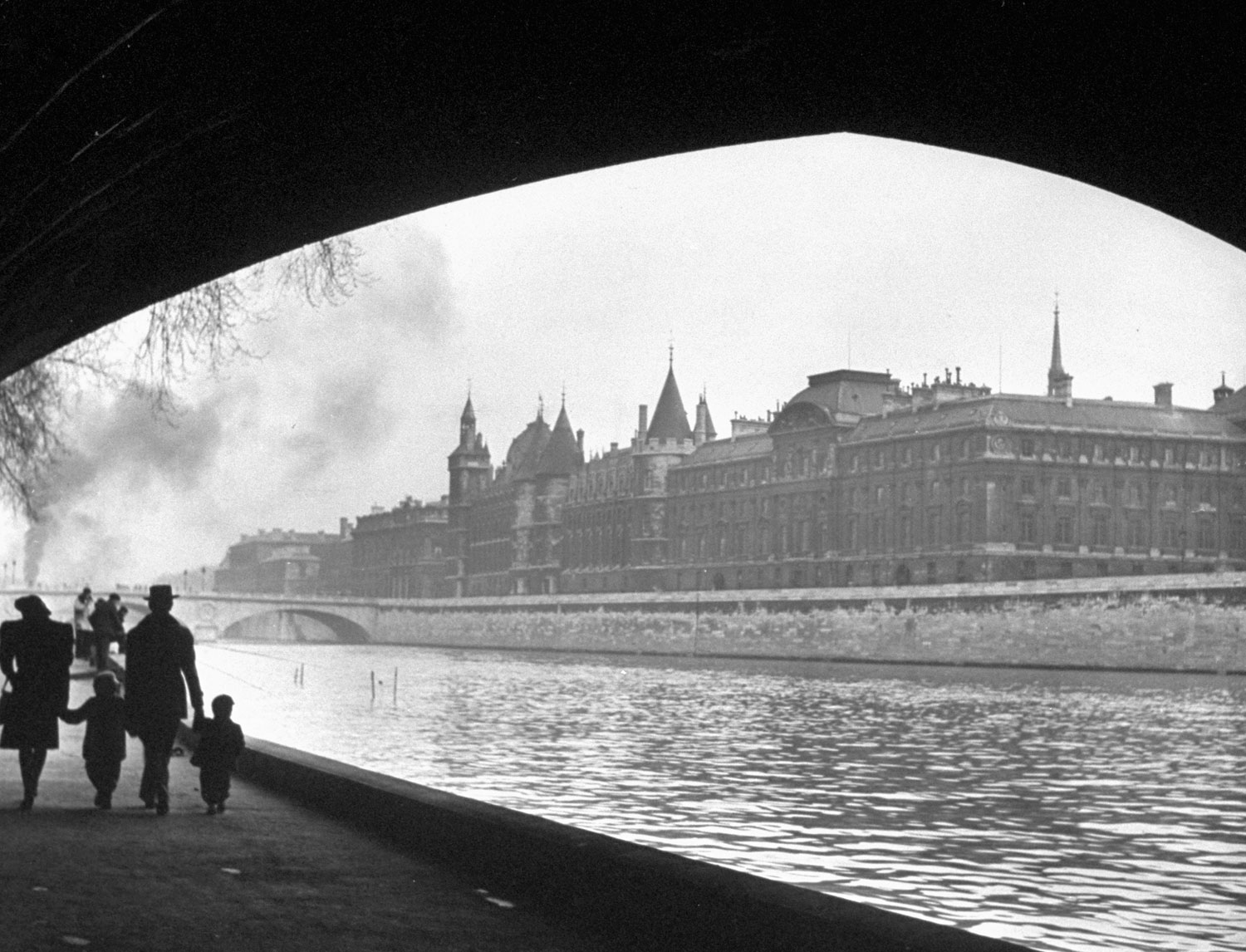
In early 1946, photographer Ed Clark journeyed to Paris (“the grand courtesan of all cities,” LIFE called the ancient town) to record the look and the feel of the French capital less than a year after the end of the Second World War. The pictures he made there chronicle not the cheerful, bawdy Paris of the popular imagination, but a place that, as LIFE told its readers, was a “grim and depressing disappointment” for any visitors expecting the Paris of Maxim’s, the Ritz, The Folies Bergère, the Moulin Rouge and the city’s other legendary, libidinous diversions.
The Parisians themselves, meanwhile, were “cold, hungry, confused and tired—above all, tired—too busy keeping themselves alive to bother much about entertaining. . . . [The typical American GI in Paris at the time] felt cheated. Where was the Paris he had heard about? Where were the naked women?”
The Paris [of Clark’s photos] is the Paris of the Parisians—and of anyone else who will take her. She is unadorned, somber and beautiful. Most of the pictures were taken in mist or rain, when the sharp, clean lines of the city’s spires and the bridges pierce through a curtain of gray. This is the Paris that neither Germans nor GIs could change. Even in the age of the atom bomb, she is as indestructible as the river.
For his part, like countless travelers before him through the centuries, Ed Clark fell under the spell cast by the great, gorgeous city. In fact, the Tennessee native once claimed that, at the time he got the assignment, “I didn’t know where France was, let alone Paris.”
But when he came upon a young painter in Montmartre (slide #6 in this gallery—Clark’s own favorite photo from his entire career), he found it “so beautiful that I just started shooting.”
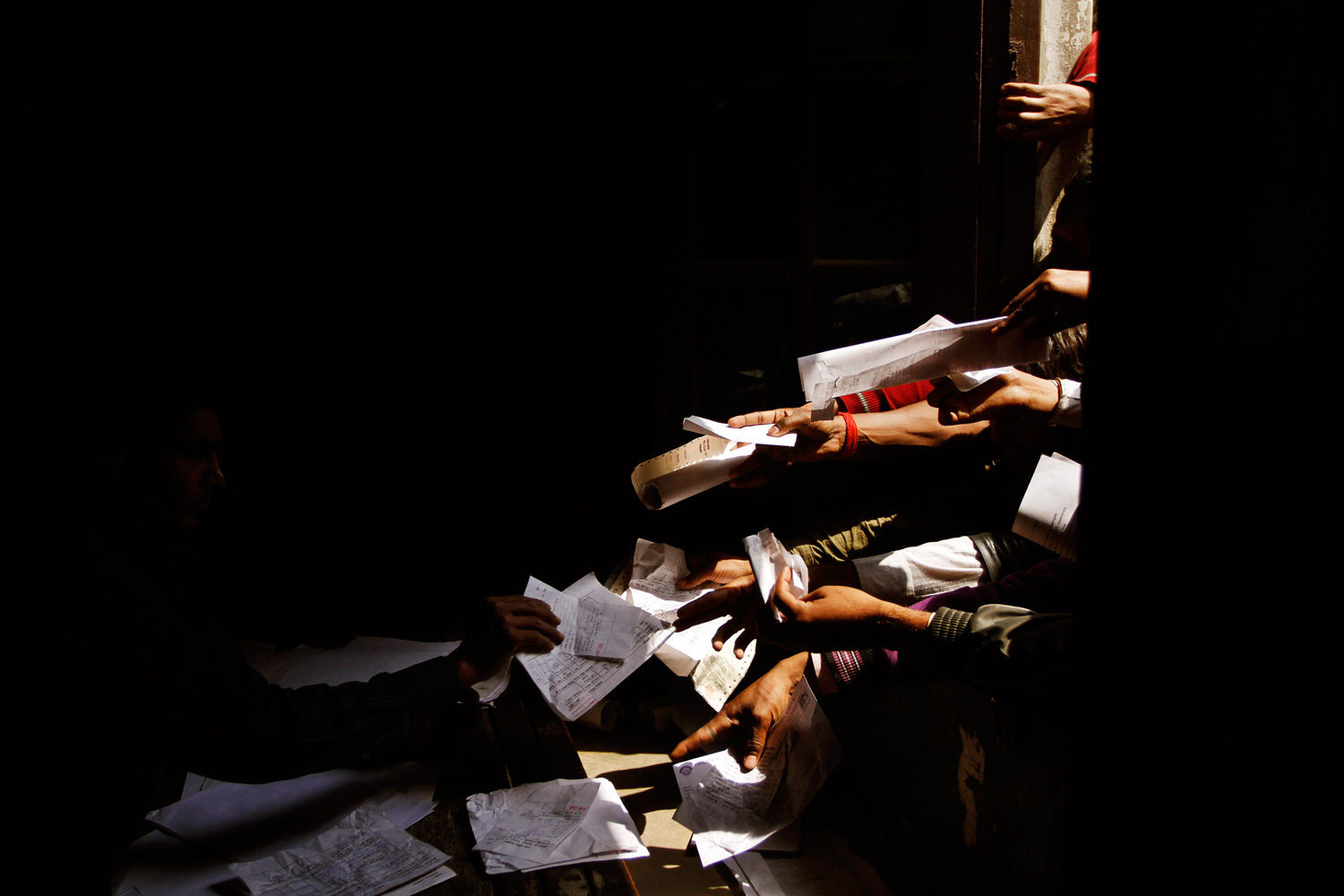
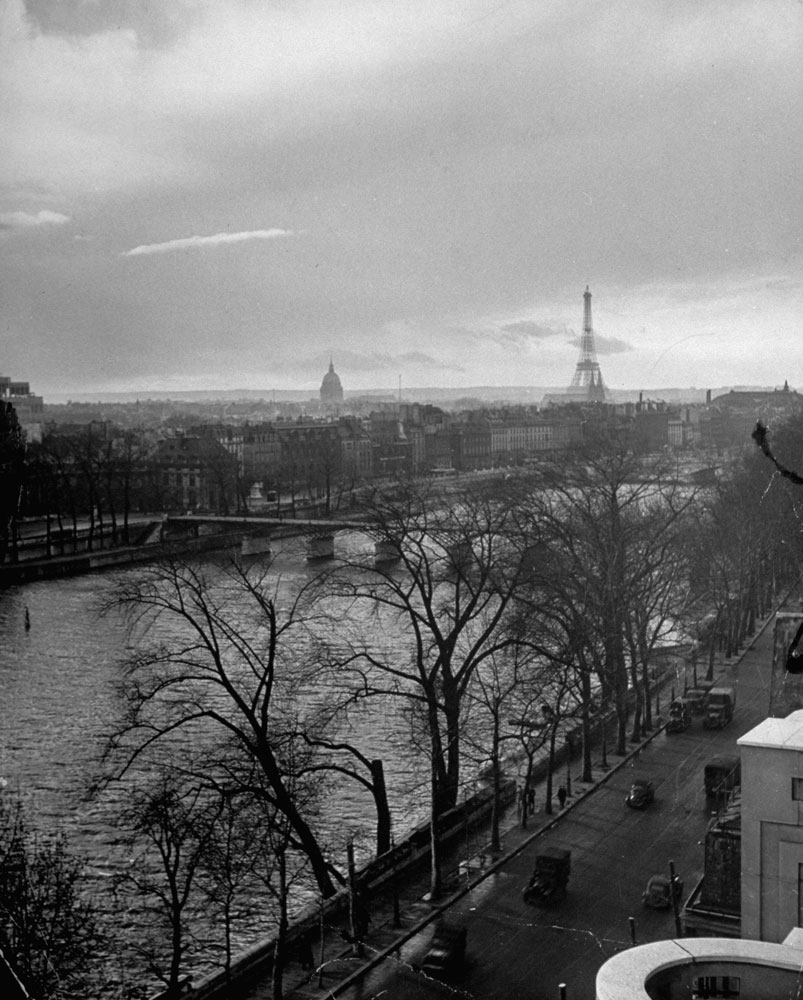

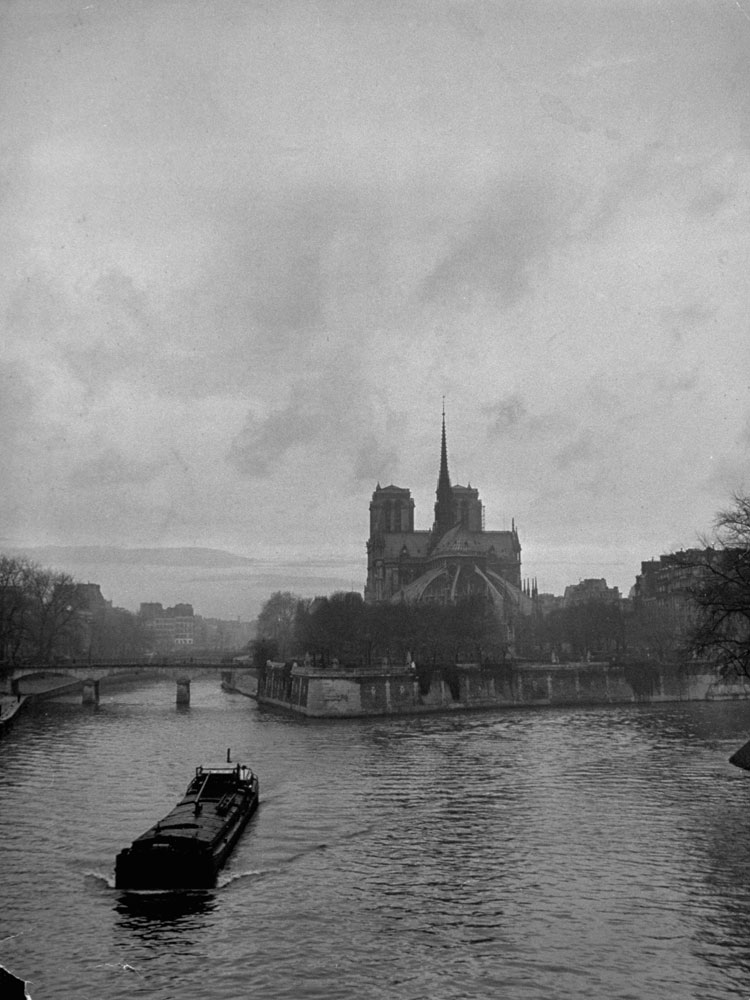
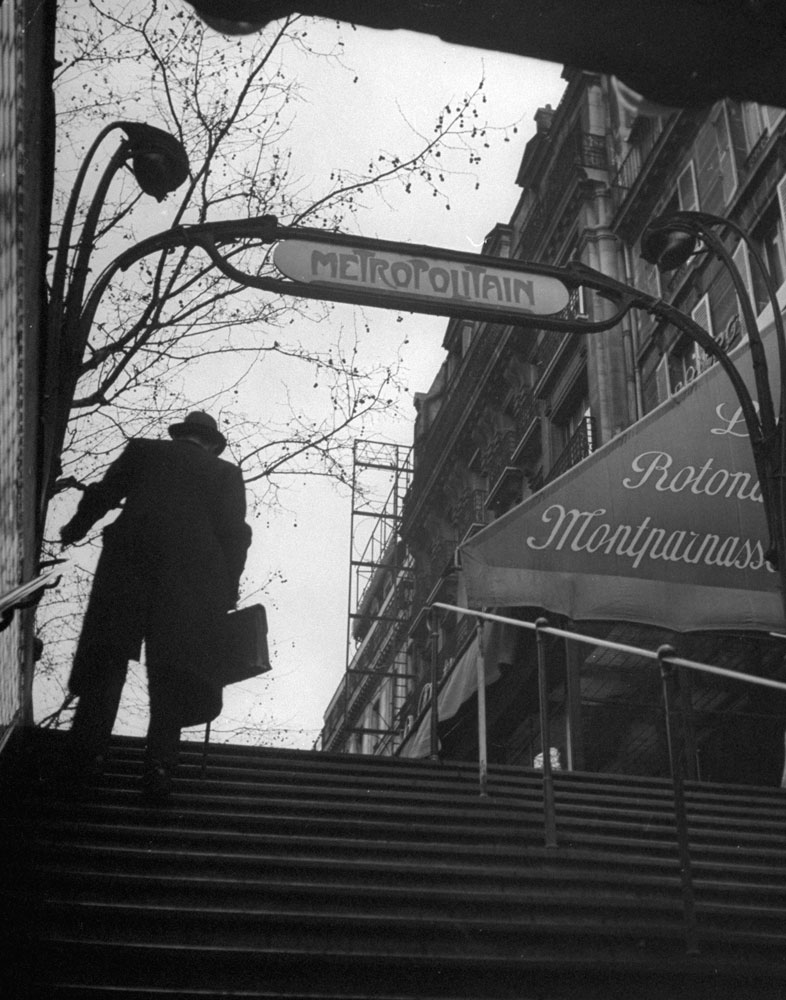

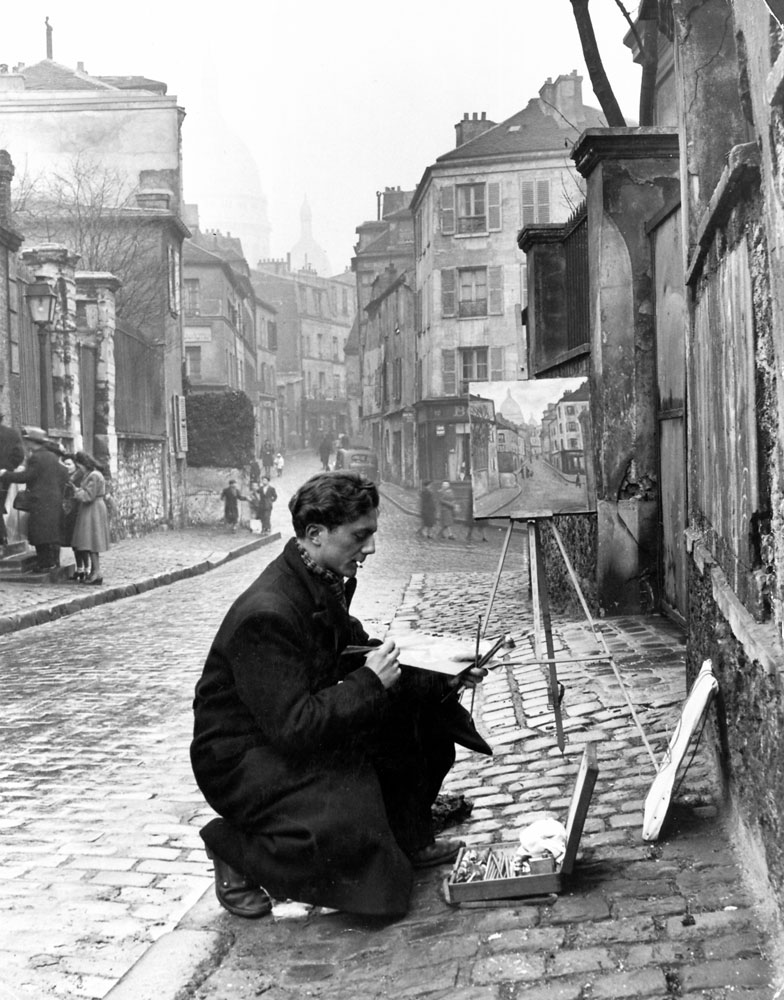

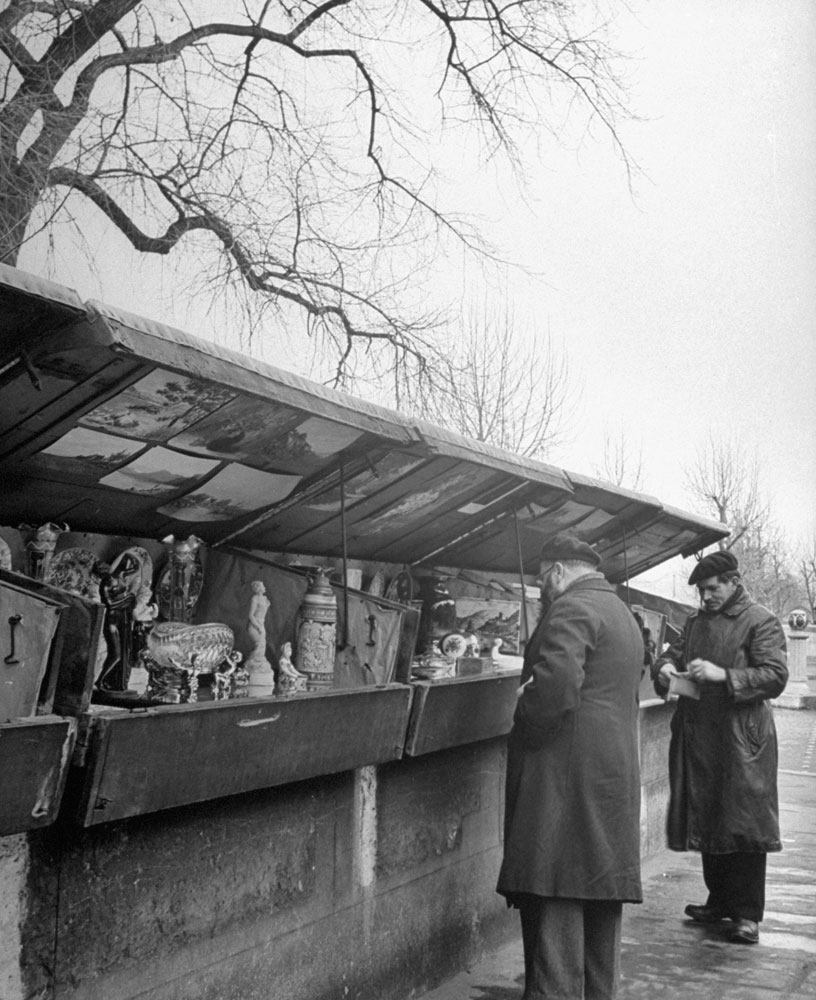
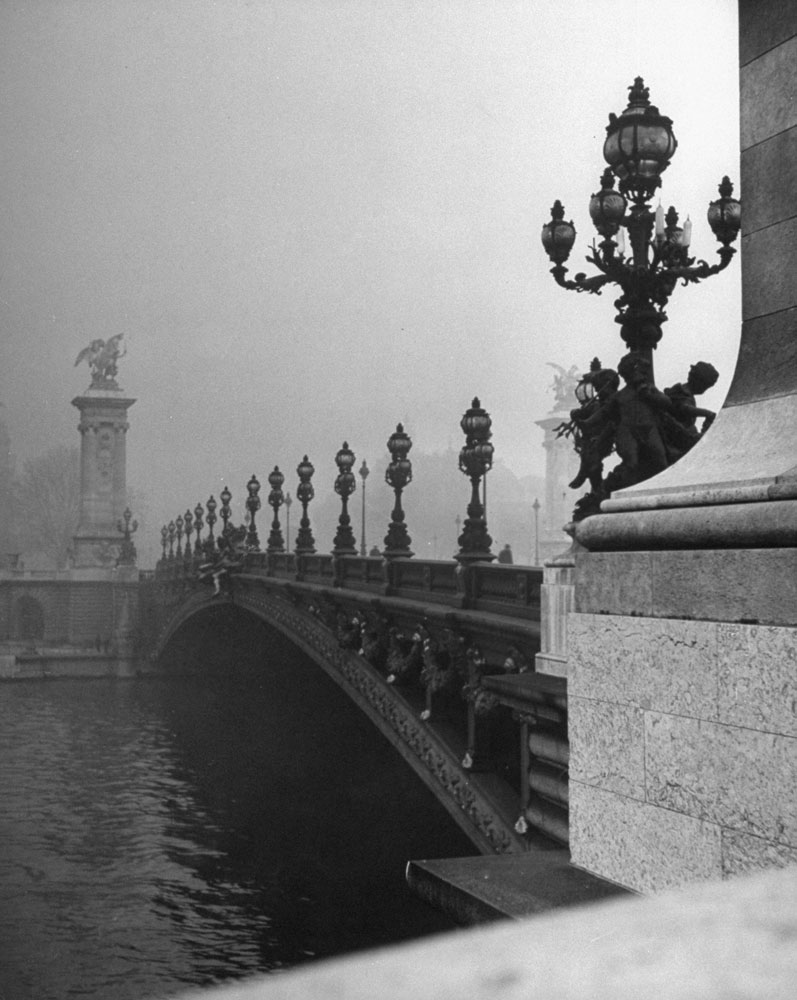
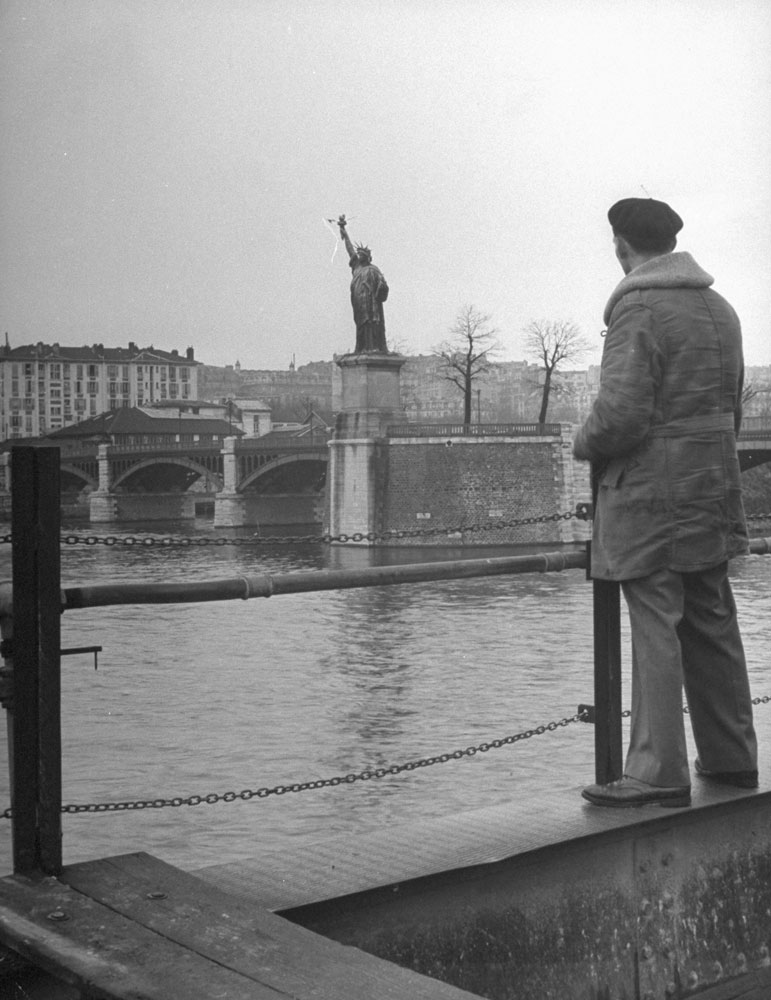

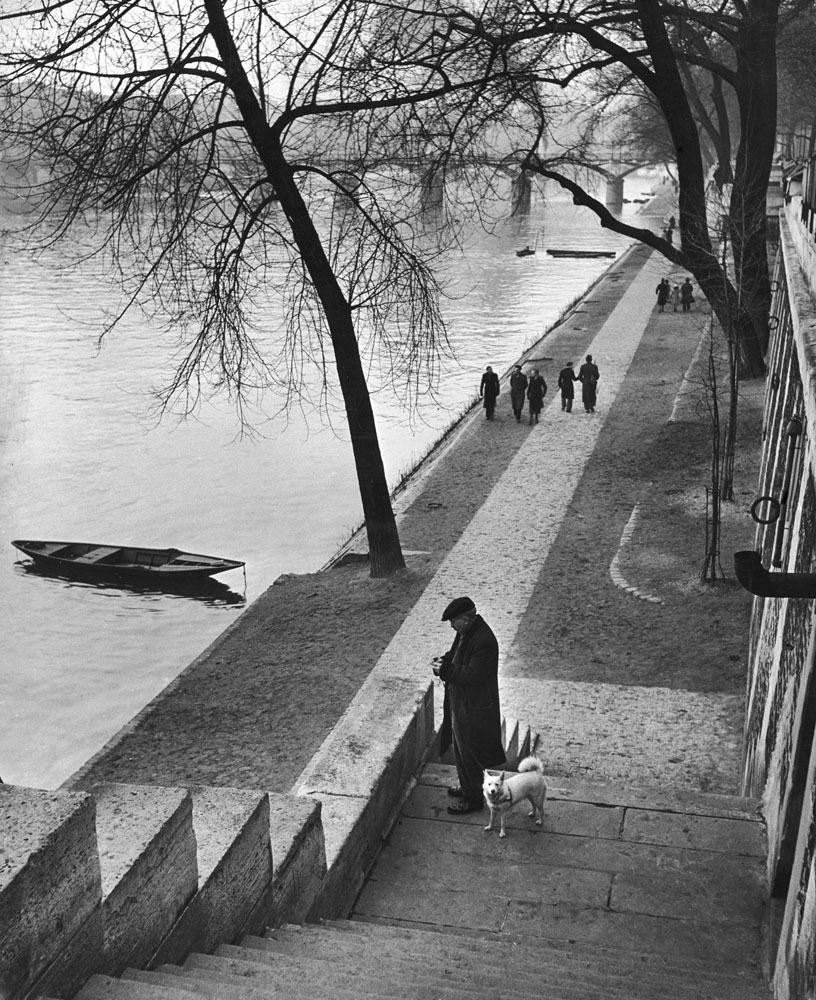
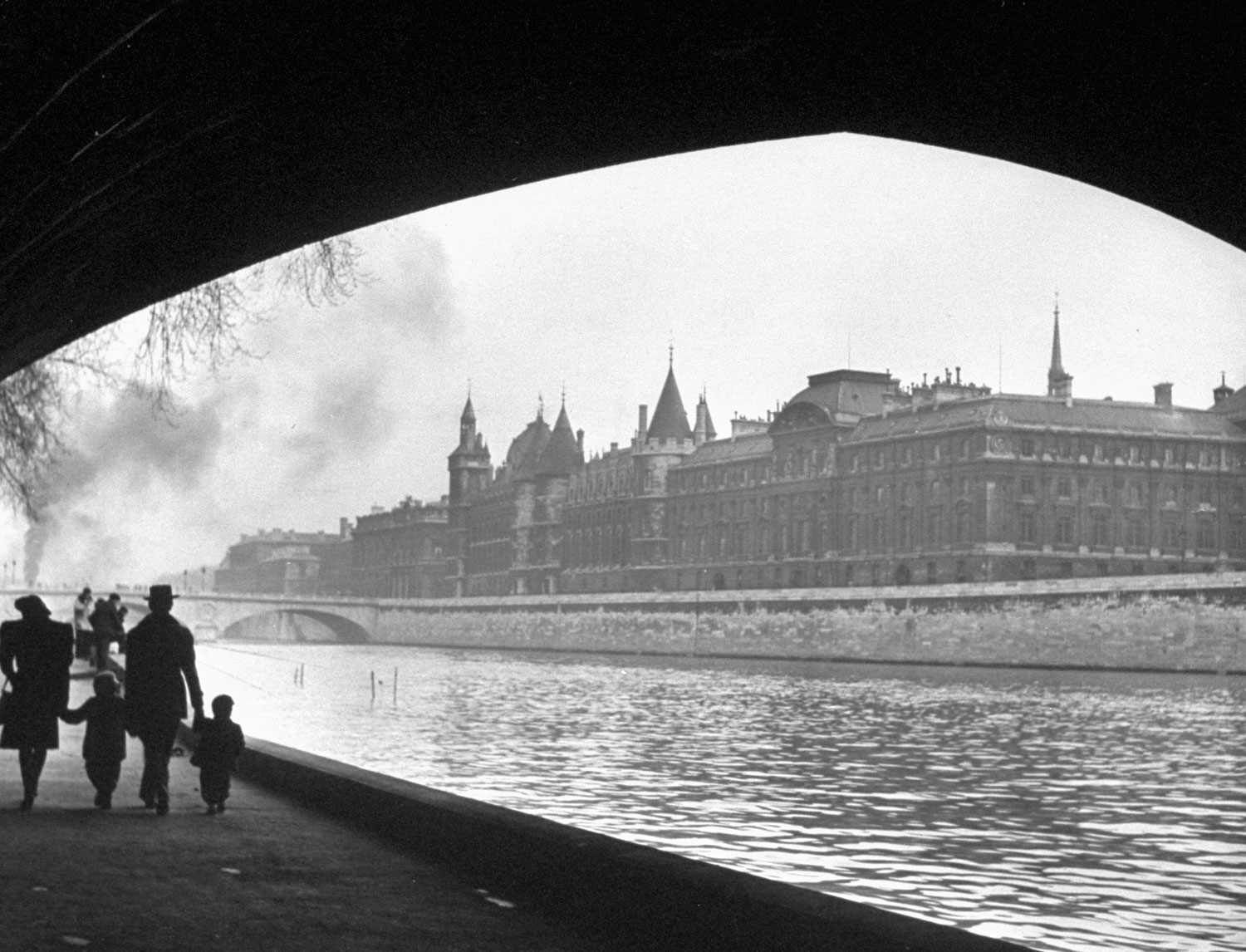
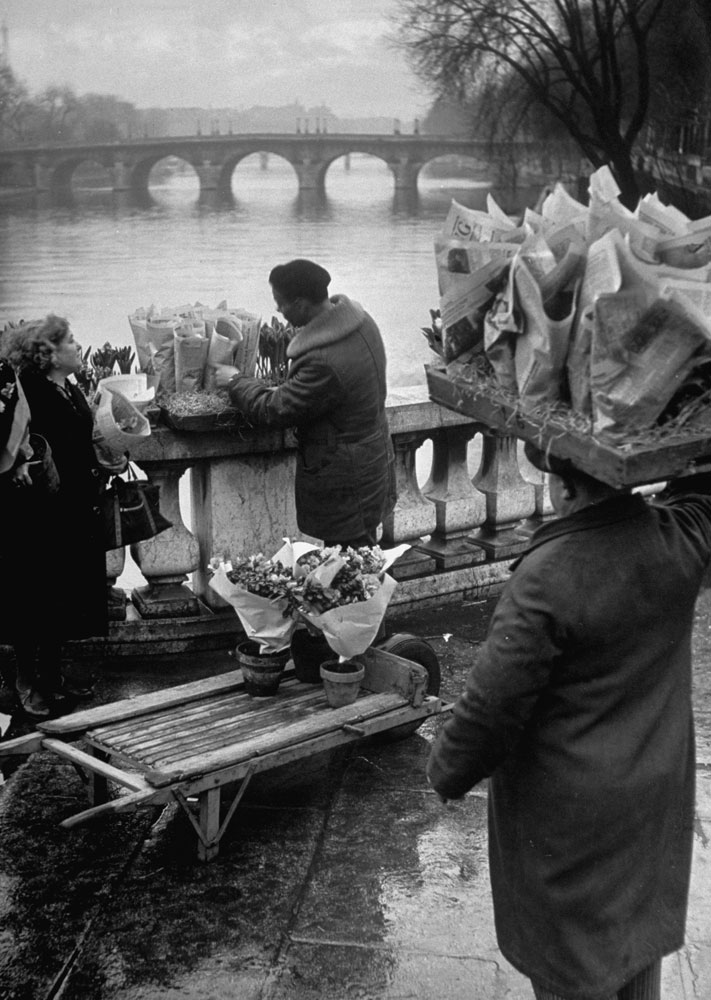
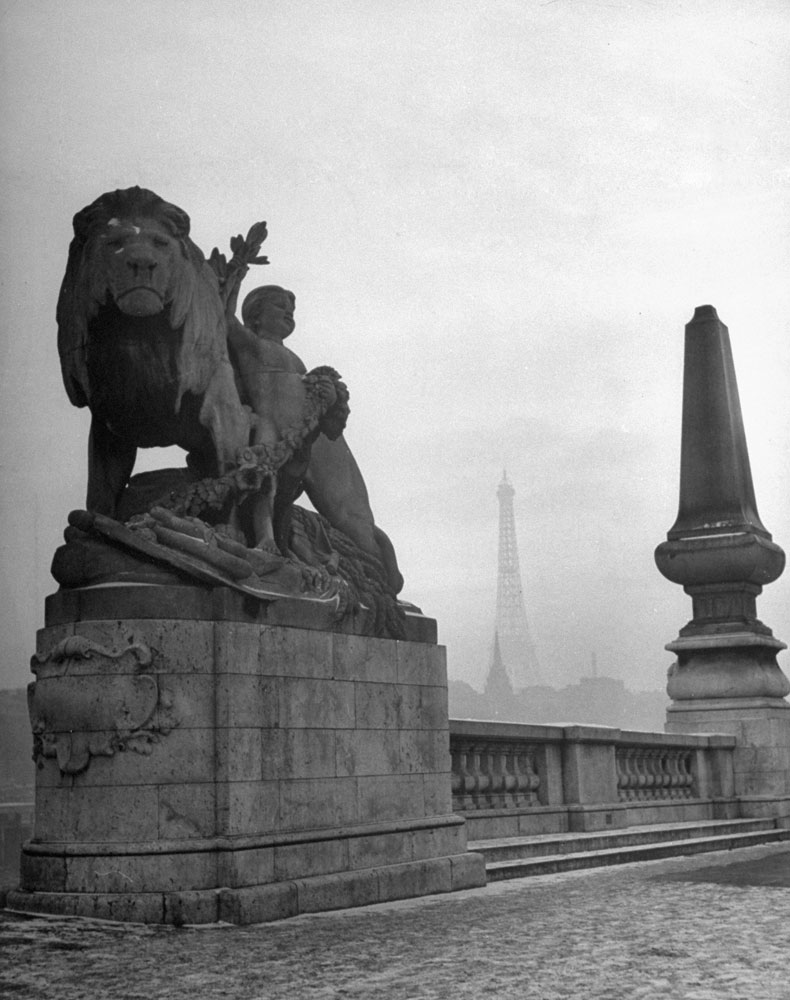
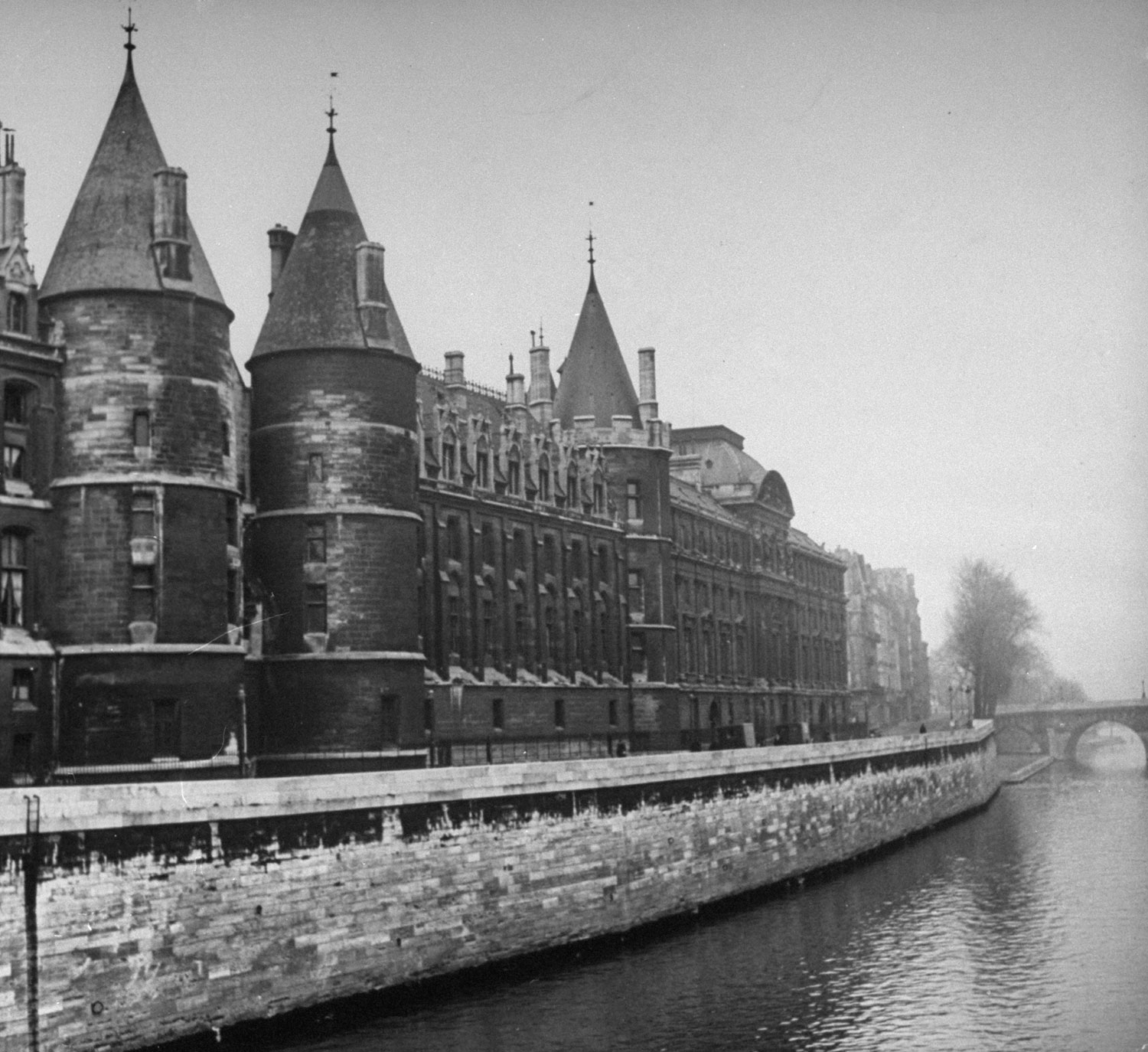
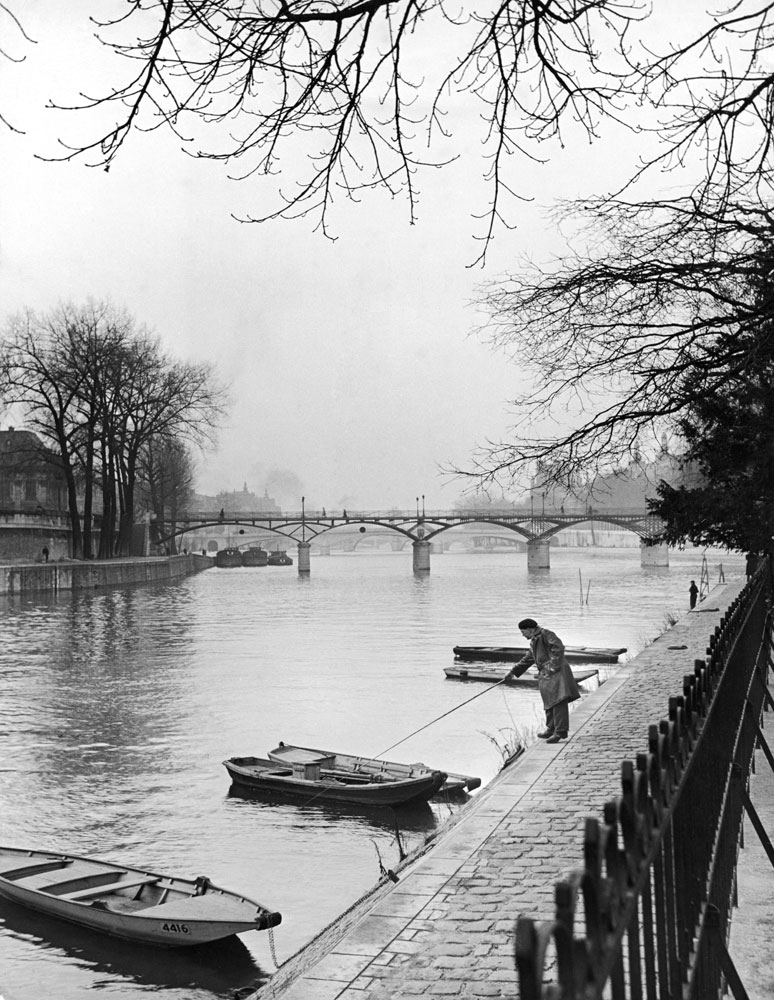

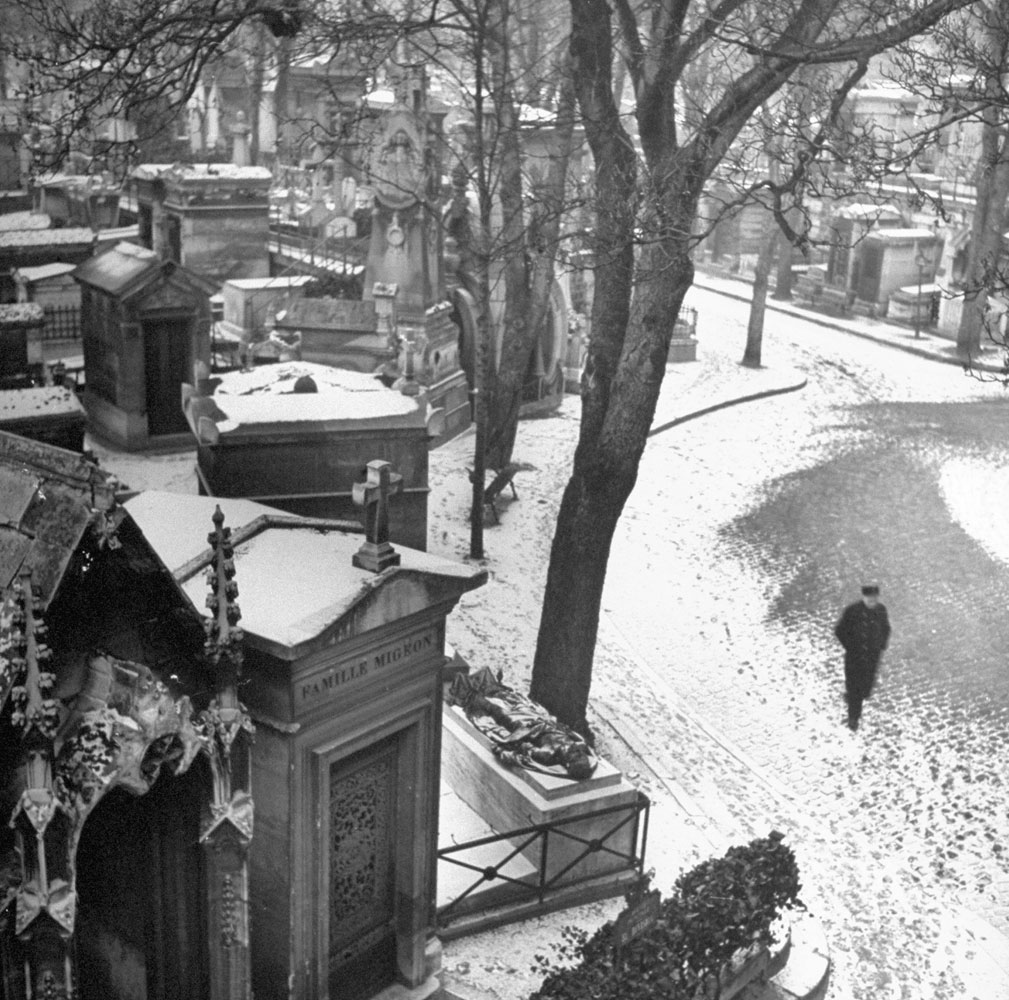

More Must-Reads from TIME
- Donald Trump Is TIME's 2024 Person of the Year
- Why We Chose Trump as Person of the Year
- Is Intermittent Fasting Good or Bad for You?
- The 100 Must-Read Books of 2024
- The 20 Best Christmas TV Episodes
- Column: If Optimism Feels Ridiculous Now, Try Hope
- The Future of Climate Action Is Trade Policy
- Merle Bombardieri Is Helping People Make the Baby Decision
Contact us at letters@time.com